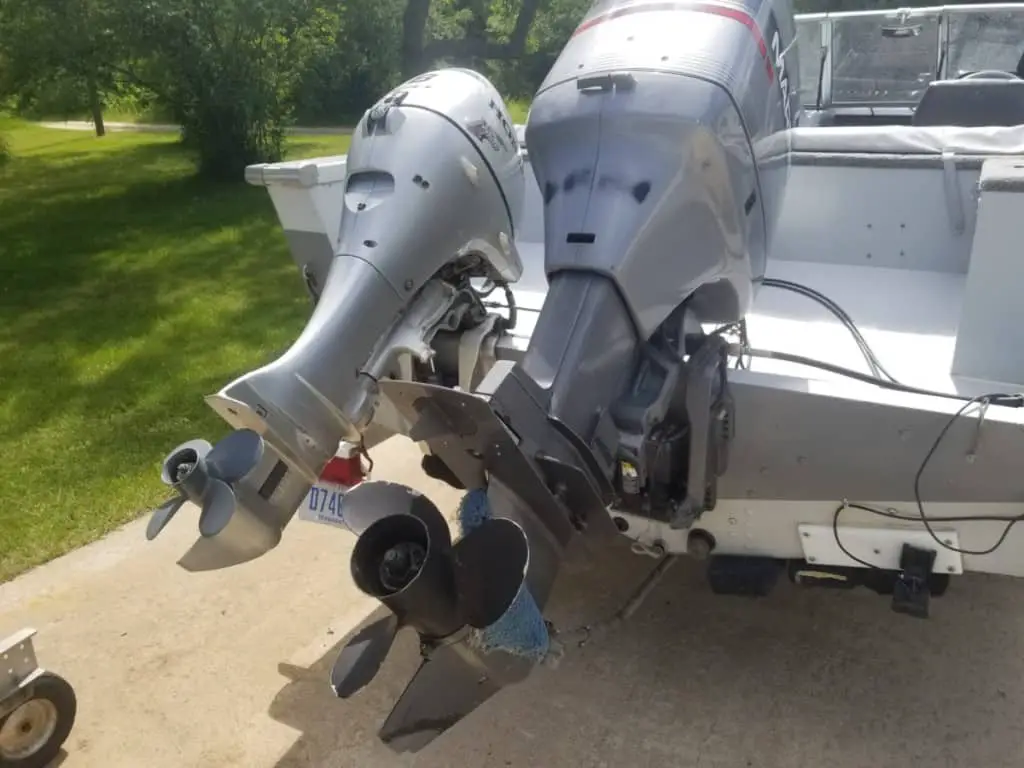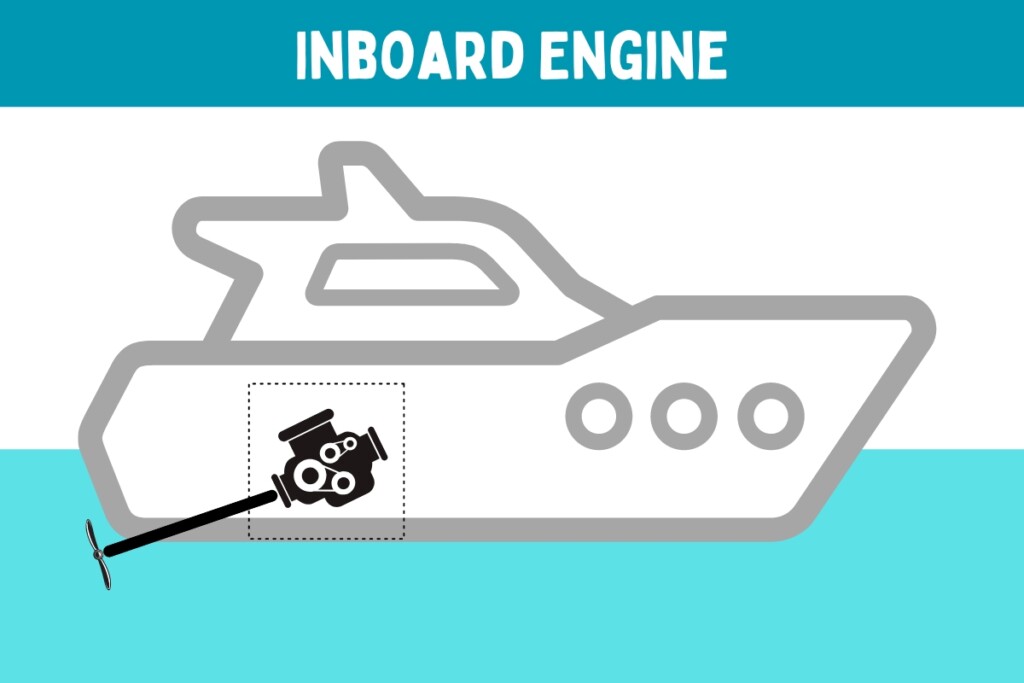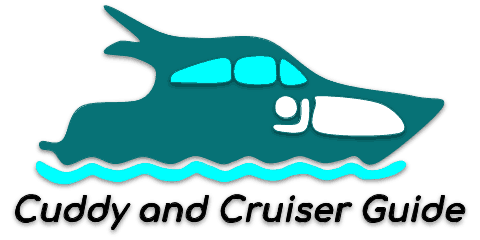Choosing the right engine for your cuddy cabin boat can make a significant difference in your overall boating experience. Not only will the engine type affect your boat’s performance, but also the fuel efficiency, maintenance requirements, and overall reliability.
Let’s explore the various engine options available for cuddy cabin boats and discuss the advantages and drawbacks of each to help you make an informed decision before you head out on those open waters!ed
Outboard Engines
Outboard engines are mounted externally on the boat’s transom and are a popular choice for cuddy cabin boats. They come in various sizes and power outputs to accommodate different boat sizes and needs.
Advantages:
- Space-saving: Outboard engines don’t take up space in the boat’s interior, providing more room for storage or living quarters.
- Ease of maintenance: Outboard engines are easy to access and service, making them a low-maintenance option.
- Improved performance: Modern outboard engines are known for their power, speed, and fuel efficiency.
- Versatility: Outboards can be tilted or raised out of the water, which is useful for shallow water or beaching the boat.
Drawbacks:
- Noise: Outboard engines tend to be louder than inboard engines, which may be an issue for those seeking a quieter boating experience.
- Aesthetics: Some boaters may not prefer the look of an outboard engine on their cuddy cabin boat.

Inboard Engines
Inboard engines are located within the boat’s hull and are connected to the propeller via a drive shaft. These engines are often chosen for larger cuddy cabin boats, offering advantages in power and torque.
Advantages:
- Quieter operation: Inboard engines tend to run quieter than outboard engines, providing a more peaceful boating experience.
- Better balance: The engine’s weight is distributed more evenly within the boat, which can improve handling and stability.
- Aesthetics: Inboard engines are hidden within the boat, providing a sleeker appearance.
Drawbacks:
- Less space: Inboard engines take up valuable space within the boat, potentially reducing storage or living areas.
- Maintenance: Inboard engines can be more challenging to access and service, leading to higher maintenance costs.
- Maneuverability: Inboard-powered boats may have a larger turning radius compared to outboard-powered boats.

Sterndrive Engines (Inboard/Outboard)
Sterndrive engines, also known as inboard/outboard or “I/O engines”, are a hybrid option that combines the features of both inboard and outboard engines. The engine is located within the boat, while the drive unit is attached to the transom and functions like an outboard.
Advantages:
- Versatility: Sterndrive engines offer the power and balance of inboard engines with the maneuverability and ease of maintenance of outboard engines.
- Space-saving: Similar to outboard engines, sterndrives don’t take up space within the boat’s living quarters.
- Aesthetics: Sterndrive engines provide a sleek appearance without the engine being visible on the transom.
Drawbacks:
- Maintenance: Sterndrive engines can be more complex than inboard or outboard engines, potentially leading to higher maintenance costs.
- Corrosion: Sterndrive engines may be more susceptible to corrosion, especially in saltwater environments, if not properly maintained.

Choosing the Right Engine for Your Cuddy Cabin Boat
When deciding which engine type is best for your cuddy cabin boat, consider the following factors:
- Boat size: Larger cuddy cabin boats may require the power and torque provided by inboard engines, while smaller boats can benefit from the lightweight and fuel-efficient outboard engines.
- Performance: Evaluate your desired speed, handling, and fuel efficiency, and choose the engine type that best meets your performance expectations.
- Space requirements: If maximizing interior space is crucial, consider an outboard or sterndrive engine to free up room inside the boat.
- Maintenance: Determine your willingness to invest in regular maintenance and choose an engine type accordingly. Outboard engines tend to be easier to maintain, while inboard and sterndrive engines can require more attention.
- Budget: Consider the initial cost and potential long-term maintenance costs of each engine type before making your decision. Outboard engines are often more affordable upfront, but inboard and sterndrive engines may offer benefits in performance or aesthetics.
Key Takeaways
Selecting the right engine for your cuddy cabin boat involves weighing the advantages and drawbacks of each engine type while taking into account your specific needs and preferences. By carefully considering factors like boat size, performance, space requirements, maintenance, and budget, you can determine the best engine for your cuddy cabin boat and enhance your overall boating experience.
Happy boating!
